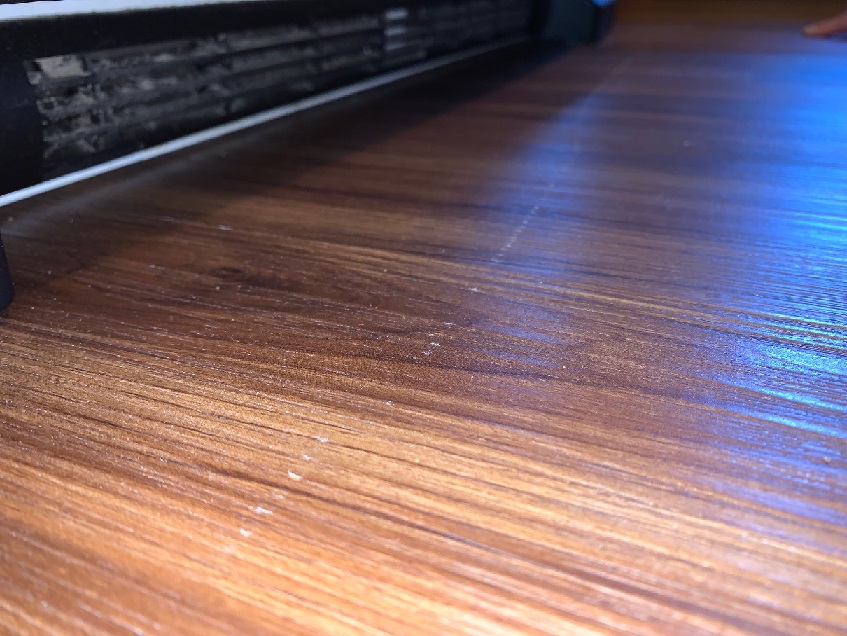National Floors Direct reviews and testimonials speak of the friendly and professional floor installations that residential and commercial space owners have received. From sales to service to flooring quality, National Floors Direct is a customer-focused company that works to leave every client with a positive experience.
Another goal of National Floors Direct is to give those looking for the best professional flooring installation the knowledge they need to decide when to consider a new floor installation. The most common flooring problems our flooring technicians have seen are damage from moisture, wear, stains, or fading.
Here we offer more information on these common flooring problems and when and why new flooring should be considered.
National Floors Direct and Common Flooring Problems
Floor damage from moisture
Water-damaged floors can be caused by unknown plumbing leaks, clogged or overflowing sinks/toilets, high humidity, or groundwater seeping into the first level. These problems typically cause floor damage over time and can result in a musky, moldy smell in the home. Look for hardwood floors that buckle, laminate flooring that begins to warp, swell, or crack, or tile floors that show mold, stains, or loose tiles.
After the leak is fixed and if the water damage is not extensive, meaning that the subflooring is undamaged, only the affected portion of a floor may need replacing. If the subflooring has been compromised and water has pooled on the floor for more than 24 to 48 hours, then you should assume mold growth and compromised floor structural elements.
Wear and Tear
National Floors Direct reviews show the disappointment of property owners who installed budget-friendly, low-quality flooring from a substandard flooring provider. Cheaper flooring materials don’t hold up well to high traffic patterns, children playing, or food and beverage spills.
When the flooring’s finish and top layer have been worn down, the floor will show obvious signs of aging, such as faded patterns and thinning. For example, commercial resin floors with regular foot traffic and a 2 to 4 mm thickness will show wear and tear faster than 4 to 6 mm heavy-use commercial floors.
If wear and tear on your commercial flooring make your business look unprofessional, then it’s time to replace it.
Soil and stains
Any flooring, especially carpet, requires regular upkeep. But soiled and stained carpets are clear signs that it is time to replace your flooring. National Floors Direct suggests replacing your carpet in high-traffic areas whenever you have stains that will not come out, where foul odors emanate from the carpeting when the carpet is old, or there is visible damage.
Engineered wood and luxury vinyl tile are becoming popular options over the carpet, but the number one choice for bedroom flooring remains the soft and warm feeling that carpet offers.
Fading and discoloration
When any flooring has become faded and discolored, that is a sign that it is time to replace your floor. It takes many years for quality flooring to reach this condition, except in rooms that see constant and strong sunlight. If your tile floors have faded, it could be due to the use of chemical cleaners that are too strong.
Consider replacing these floors with ceramic tile that has more color permanence. A more budget-friendly option would be LVT or luxury vinyl tile that is resistant to stains and scuffing and can also withstand some water and moisture.
